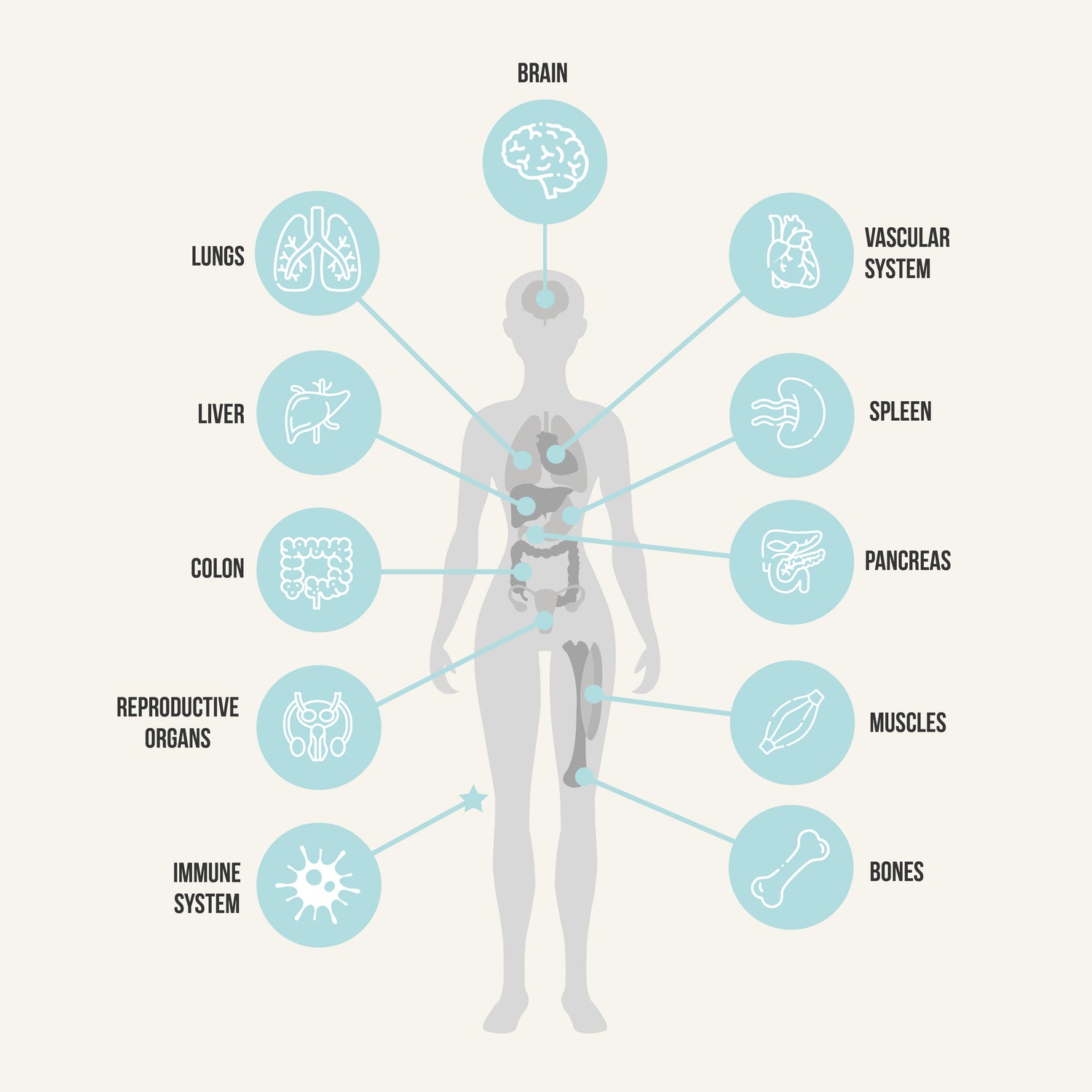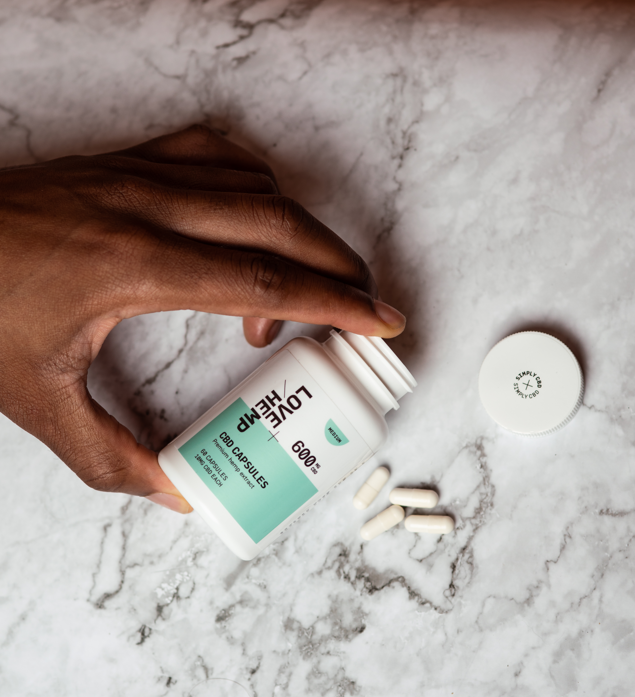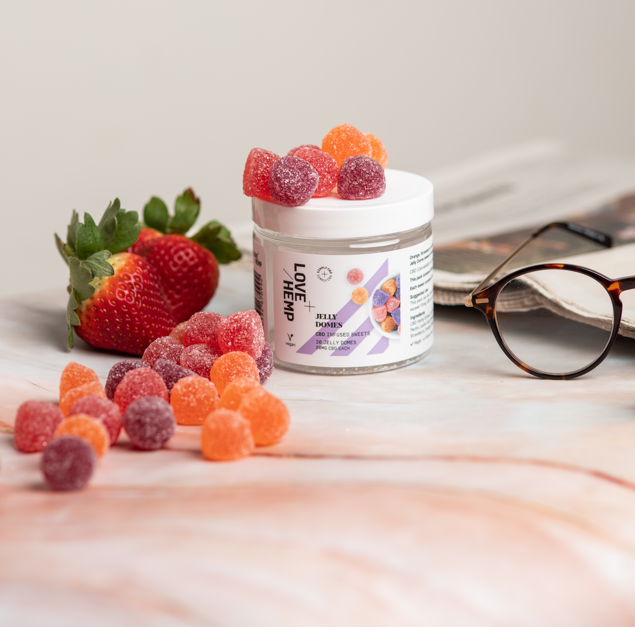What is the Endocannabinoid System?
If you’re new to CBD products, you might be feeling pretty overwhelmed by all of the new terms you’re expected to learn - Cannabinoids, terpenes, flavonoids, broad-spectrum. We get it, it’s overwhelming but getting to grips with the basics can help you to have a better understanding of how CBD can support your journey to health and wellbeing.
When you first discover CBD products, you’ll probably hear a lot about how they support the endocannabinoid system. Every living thing has an endocannabinoid. And the endocannabinoid system is present nearly everywhere in the human body. To put it in the simplest terms, the endocannabinoid system is responsible for sending messages between different parts of the body. These messages help to keep us comfortable and maintain a state of “homeostasis”, which is another word for balance.
Your body responds to internal and external triggers all the time. If we get too hot, our bodies start to sweat, which helps to cool us down. And if we get too cold, our bodies involuntarily shiver to generate heat. These are two examples of homeostasis functions, but there are many more. The endocannabinoid system is a network of neurotransmitters, receptors and enzymes that help to keep these processes ticking over. This system sends messages between cells in different parts of the body to trigger different responses.
How was the endocannabinoid system discovered?
The endocannabinoid system was discovered by accident. Researchers were looking for evidence to support the idea that cannabis is bad for us. While trying to understand how the THC in cannabis impacts the human body, researchers discovered endocannabinoid receptors.
Scientists later discovered that we produce our own cannabinoids, called endocannabinoids. Endo simply means “within” or “internal”. THC and CBD are technically Phyto-cannabinoids. And Phyto means “from plants”. So, they are plant-based versions of the neurotransmitters found in our bodies.
The endocannabinoid system was first identified in 1988 and there’s still a lot we don’t know about how it functions and what role it plays in the body. However, we do know that cannabinoids from the hemp plant can influence this system, either positively or negatively, depending on which cannabinoid you choose to take.
How do cannabinoids interact with the endocannabinoid system?
Two of the most famous cannabinoids are CBD and THC. There’s a common misconception about how these two compounds interact with the human body. THC can bind with ECS receptors and block messages from getting through. This is what causes the “high” associated with cannabis use. When your body can’t send or receive signals about your appetite, you get the munchies. THC can also block messages that trigger a pain response or even anxiety. This is why recreational cannabis users may feel relaxed.
We don’t yet fully understand how CBD supports the endocannabinoid system, but one theory is that it helps to boost supplies of endocannabinoids that we produce in the body. CBD reduces the production of an enzyme (FAAH) that breaks down the endocannabinoids when the body has finished using them. By slowing down this process, the body has more endocannabinoids available to send messages. Some scientists think that the endocannabinoid system can become deficient, just like any other vitamin deficiency.
So by taking a CBD supplement, you are supporting your body to be able to function correctly. This also explains why consistency is key when taking CBD supplements. You should treat CBD products as a daily vitamin supplement, rather than as a quick fix for any illness or condition. CBD is not intended to treat or cure any illness, and you should be wary of any company making such claims.
How can I add CBD to my daily routine?
When your ECS is in balance and functioning correctly, your body feels the benefits. CBD is one way to support your body and improve your wellbeing. You can take a daily CBD oil supplement, or try CBD edibles if you have a sweet tooth. There are also CBD capsules that will allow you to take the same CBD dose every day. As with all supplements, consistency is key. We recommend taking CBD every day for at least 2-4 weeks to start to notice the benefits. During this time, you can also figure out your ideal CBD dosage.
Shop by CBD Category
- Choosing a selection results in a full page refresh.
- Opens in a new window.













